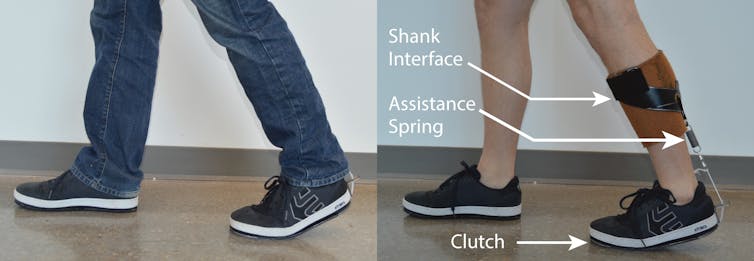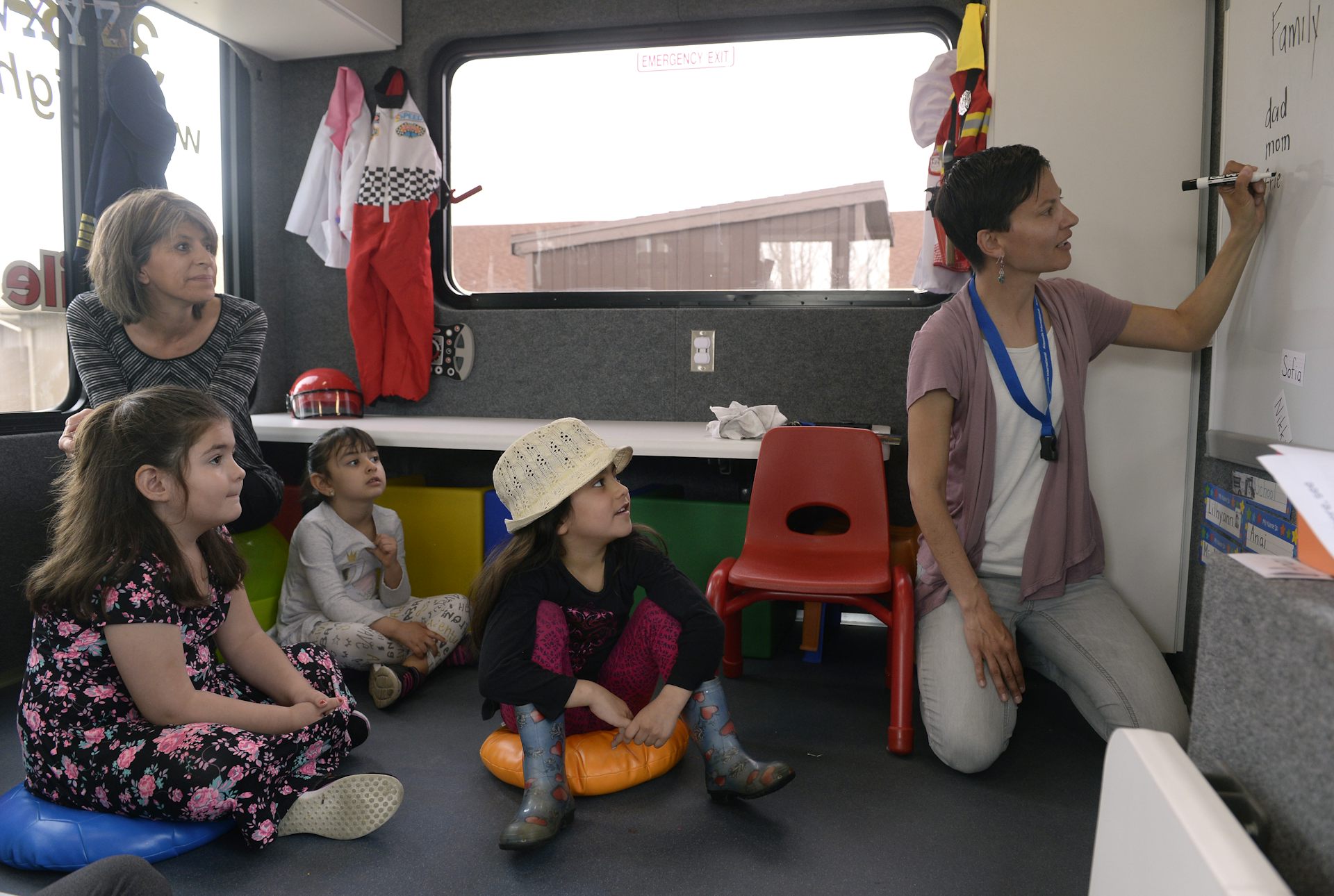It's 2019 – where's my supersuit?
Billions of people already have 'superhero powers' like the ability to see things far away and summon their friends from far-flung locations. Next up? Enhanced physical abilities.

I loved the “Thundercats” cartoon as a child, watching cat-like humanoids fighting the forces of evil. Whenever their leader was in trouble, he’d unleash the Sword of Omens to gain “sight beyond sight,” the ability to see events happening at faraway places, or bellow “Thunder, Thunder, Thunder, Thundercats, Hooo!” to instantaneously summon his allies to his location to join the fight. What kid didn’t want those superpowers?
I also wanted Green Lantern’s ring, Wonder Woman’s bracelets, Captain America’s shield and of course Batman’s batsuit. I never imagined then that 30 years later, as National Superhero Day approaches, I’d be designing components of my own supersuits.
I didn’t really notice this until a few months ago. On that day, my childhood dreams were at once destroyed and fulfilled. Standing in a line, I noticed that everyone was focused on their smartphones’ screens. Suddenly it hit me: I already had Sword of Omens superpowers. With my smartphone, I can see video of faraway events and text my friends to meet up. Billions of people now have what used to be considered superpowers.
But what about the physical superpowers? I wanted those, too – like superhuman endurance or strength. Those may not be too far behind: I’m working on them in Vanderbilt’s Center for Rehabilitation Engineering & Assistive Technology. Humanity has begun to enter the age of wearable exoskeletons and exosuits that offer support and strength to people’s bodies.

Exoskeletons under development
Over the past five years, wearable exoskeletons that assist and aid movement have begun to shift out of research labs and into public use. They’re still early versions, and the science is still emerging, but they include the first of several FDA-approved exoskeletons to assist individuals with spinal cord injury or after stroke, as well as exoskeletons to help keep workers safe and reduce the fatigue of physically demanding jobs.
Toyota even requires workers to wear exoskeletons as mandatory personal protective equipment when performing certain overhead work tasks, where fatigue and muscle stress could lead to injury.
However, most people who could potentially benefit don’t yet have access to exoskeletons, because they’re generally too bulky, too expensive, interfere too much with other tasks or are not yet comfortable enough to wear. I’ve become fascinated by the prospect of regular people turning themselves into everyday superheroes.
Preventing injuries with supersuits
From my research lab, I can walk across the street and within two minutes be at the Veterans Affairs Hospital or the Vanderbilt University Medical Center. The nurses and other medical professionals who perform strenuous lifting, leaning and carrying tasks to care for patients are likely to develop low back pain – or may already be experiencing it. A supersuit could help prevent this pain.
Low back pain is a complex problem with many potential sources, but one common source is due to stress from repetitive forces on the muscles and discs. Most adults experience low back pain at some point in their lifetime, and it’s a leading cause of physical disability. The prestigious medical journal The Lancet recently published a three-part series calling on everyone – from national and international policymakers to funding agencies to researchers, engineers and clinicians – to help improve the effectiveness of care and develop innovative new solutions to combat this global epidemic.
Over the last three years, the research team I lead has been developing a clothing-like exoskeleton, which might be more aptly described as mechanized clothing, a spring-powered exosuit or even just a supersuit. It consists of a vest and shorts made of common clothing materials, plus assistive fabric elastic bands and a switch that lets the wearer turn the suit’s assistance on or off.
When it’s switched off, the wearer can move freely and fully, which isn’t typically the case with exoskeletons. Our suit doesn’t have any motors or batteries and weighs less than three pounds. No part of it protrudes out from the body, so it’s easily concealed under everyday clothes.
At any moment, though, it can be switched on, so the suit’s elastic bands bear some of the load that typically goes through the person’s back muscles. In an initial series of laboratory tests, the suit reduced loading on the low back muscles by about 20% during lifting and up to 40% during leaning, and it reduced the rate at which back muscles fatigue by 30% to 40%, on average.
We recently formed a spinoff company from this research, aptly named HeroWear LLC, to make this supersuit available to individuals and organizations who might benefit. We expect the product to be on the market in 2020. We have also begun a multi-year study funded by the National Institutes of Health to integrate wearable sensors and machine learning into our supersuits. With those additions, we may be able to develop future suits that monitor stress on the wearer’s back and automatically activate the assistance when it’s needed.
Boundless possibilities for supersuits
The goal for many exoskeletons is like that of a good cartoon supersuit – not to do the work for its wearer, but to enhance and support that person’s natural abilities. Assisting back muscles is just the beginning. We have also designed a similar spring-powered exosuit to assist the ankle muscles during walking and running. It may help increase endurance or reduce force on calf muscles and tendons as someone recovers from an injury.
Similar supersuits might also be designed to support the necks of nurses and surgeons who lean forward for long periods of time during procedures, or to reduce arm fatigue for a construction worker carrying heavy objects or for a parent carrying a child.

Teams across the globe are exploring a wide variety of wearable exoskeletons as well. These include motorized exosuits to assist the legs, arms and hands of individuals recovering from stroke or other neurological injury, rigid robotic exoskeletons to assist people after spinal cord injury and passive spring-assist exoskeletons to support individuals’ arms and shoulders with tool handling or overhead work in factories and shipyards.
Through the use of wearable sensors and biomechanical algorithms, supersuits might even be trained to teach proper lifting technique or to provide resistance training to help strengthen weak muscles and enhance fitness.
My hope is that 30 years from now – by the time my children are my age – performance-enhancing supersuits will be as common and mundane in society as smartphones are today. Perhaps people might even forget the amazing physical superpowers that they provide, and take for granted supersuits’ individual and societal benefits to health, fitness and well-being.
Karl Zelik co-founded and owns shares in HeroWear, LLC, a spin-off company from his lab that is translating these exosuit prototypes into commercial products. He receives funding from the National Institutes of Health to integrate wearable sensors and machine learning into the next generation of supersuits.
Read These Next
A year on, the Israeli-Lebanese ceasefire looks increasingly fragile − could a return to cyclical vi
Since the start of the truce on Nov. 27, 2024, there have been thousands of Israeli violations inside…
How food assistance programs can feed families and nourish their dignity
Free food may fill your stomach, but it doesn’t always satisfy the desire to feel fully human.
A quarter of early child care educators in Colorado reported mistreatment from co-workers
Younger and more diverse teachers reported higher rates of bullying and discrimination by their colleagues.…




